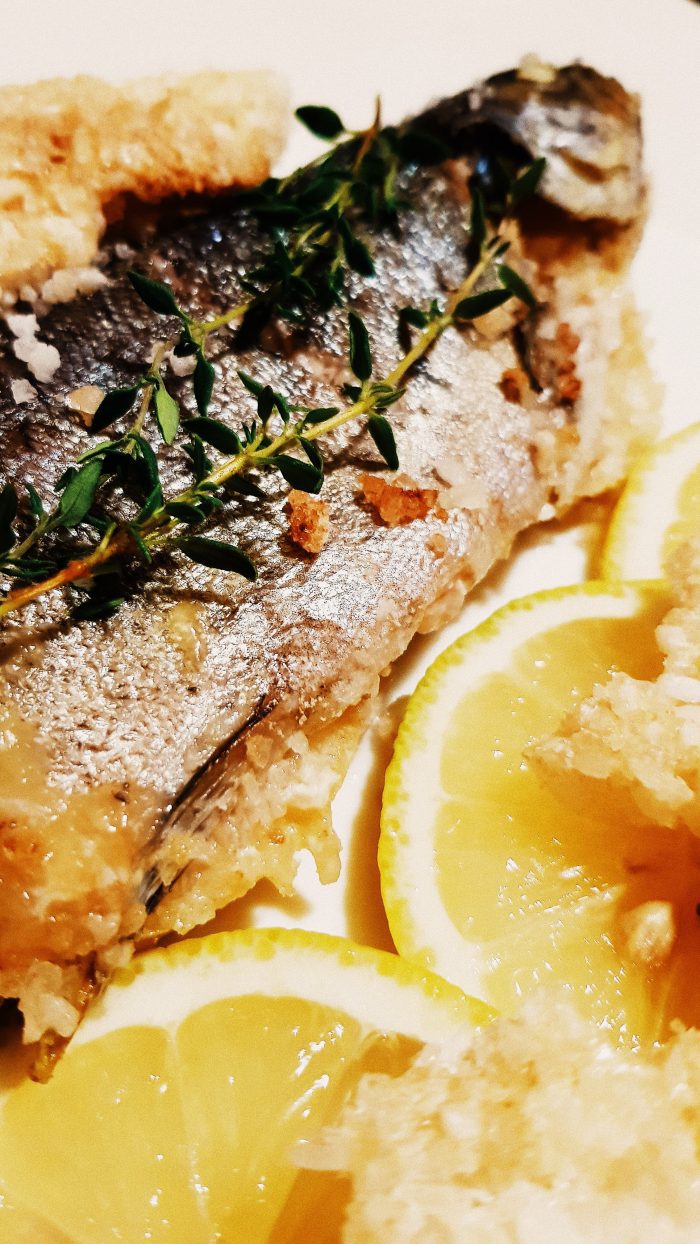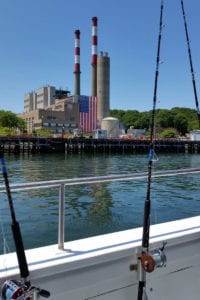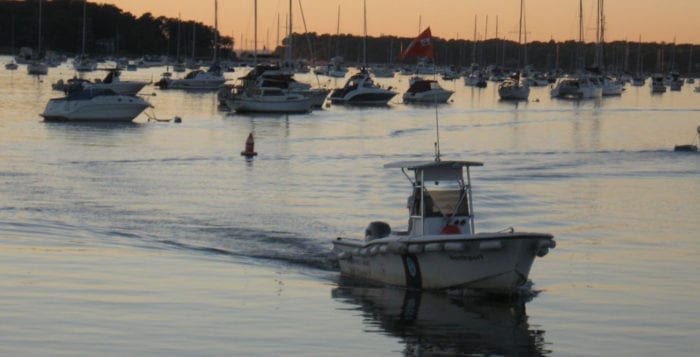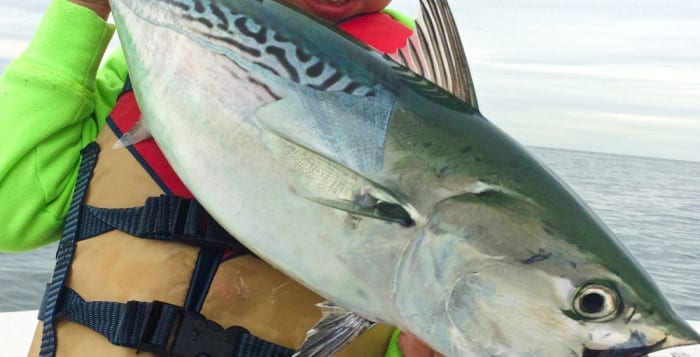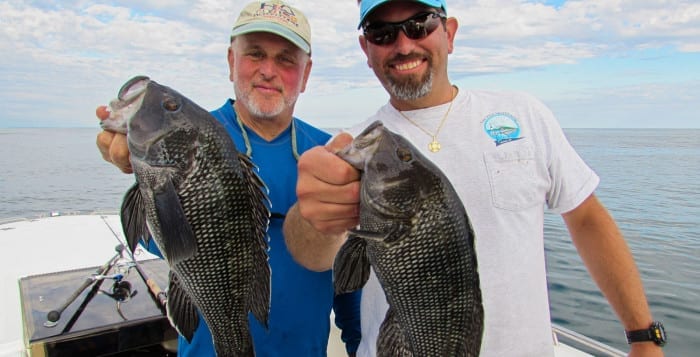By Barbara Beltrami
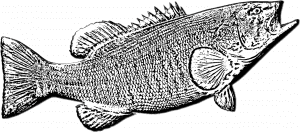
Branzino sounds so much more continental and interesting than sea bass, but in fact, it is the same fish. Found in the waters off southern and western Europe, branzino has garnered great popularity on restaurant menus and in fish markets. Its flaky sweet meat pleases many palates and renders it adaptable to many preparations and cooking methods. Although it is often cooked and served whole, when filleted it’s also quite delicious. If you are buying the whole fish, look for clear eyes, taut skin and red gills which all indicate freshness. And cooking surfaces should always be well oiled to prevent skin from sticking.
Sautéed Mediterranean Branzino
YIELD: Makes 4 servings
INGREDIENTS:
4 branzino filets, bones removed, skin on
Coarse sea salt and pepper to taste
1/4 cup extra virgin olive oil
1 cup chopped fresh tomatoes
Finely grated zest from one lemon
2 tablespoons capers, rinsed and drained
1/2 cup pitted kalamata olives, coarsely chopped
1/4 cup dry white wine
2 tablespoons unsalted butter
1/4 cup chopped Italian flat leaf parsley
1/4 cup chopped fresh basil leaves
DIRECTIONS:
Rinse the fillets in cold running water and pat dry with paper towels. With a sharp knife score the skin with 3 diagonal slashes on each fillet, then season with salt and pepper. In a large skillet over medium-high heat, heat oil, then carefully lay fillets, skin side down, in the oil (Be careful of spattering oil). Cook 3 minutes, then carefully flip and cook another 30-60 seconds.
Remove fish to a platter, tent with aluminum foil and set aside to keep warm. To remaining oil add the tomatoes, lemon zest, capers and olives; cook, stirring constantly, for one minute, then add white wine and cook another two minutes, until wine is reduced by half; stir in butter, parsley and basil and serve immediately with orzo or couscous.
Whole Roasted Branzino
YIELD: Makes 4 servings
INGREDIENTS:
3/4 cup extra virgin olive oil
4 garlic cloves, peeled and sliced
Coarse sea salt and pepper to taste
4 whole 1 – 1 1/4 pound each branzini, cleaned
1 1/2 tablespoons fresh thyme leaves
1/4 cup unflavored bread crumbs
Freshly squeezed juice of one large lemon
1/3 cup chopped Italian flat leaf parsley leaves
DIRECTIONS:
In a small bowl, combine oil, garlic, salt and pepper; set aside. Preheat oven to 425 F. Wrap the tail of the fish in aluminum foil; season fish inside and out with salt and pepper and rub inside cavity with half the thyme; brush all over with 3/4 of the garlic-oil mixture and place the fish, evenly separated, on a rimmed baking sheet. Roast fish until they are cooked through and flake easily with a fork, about 20 minutes. Meanwhile, combine the remaining thyme, bread crumbs and oil mixture. Coat top of fish with mixture and return to oven one minute, just until bread crumbs start to darken; remove fish from oven, sprinkle with lemon juice and parsley and serve immediately with lemon wedges and tiny roasted potatoes.
Grilled Branzino Fillets with Fennel
YIELD: Makes 4 servings
INGREDIENTS:
2 teaspoons za’atar
2/3 cup extra virgin olive oil
Sea salt and freshly ground pepper to taste
1/2 teaspoon fennel powder (fenugreek)
Four 8-ounce branzino fillets with skin on
1 tablespoon orange juice
2 tablespoons freshly squeezed lemon juice
1 garlic clove, bruised
1 fennel bulb cleaned and finely diced
1/2 cup chopped fennel leaves
1 orange, peeled, pith removed and diced
DIRECTIONS:
Preheat grill to medium. In small bowl combine half the olive oil, salt and pepper and fennel powder. Brush fish with mixture, then grill, skin side down, 3 – 4 minutes until skin is crisp; carefully turn and grill one more minute, just until it is white and flakes easy with a fork. Meanwhile, in a medium bowl, combine the remaining olive oil, salt and pepper, orange juice, lemon juice and garlic. Let sit a few minutes so garlic flavor can infuse mixture, then remove and discard garlic. Toss diced fennel, fennel leaves and orange with mixture, then spoon over cooked fish. Serve immediately with rice pilaf.

